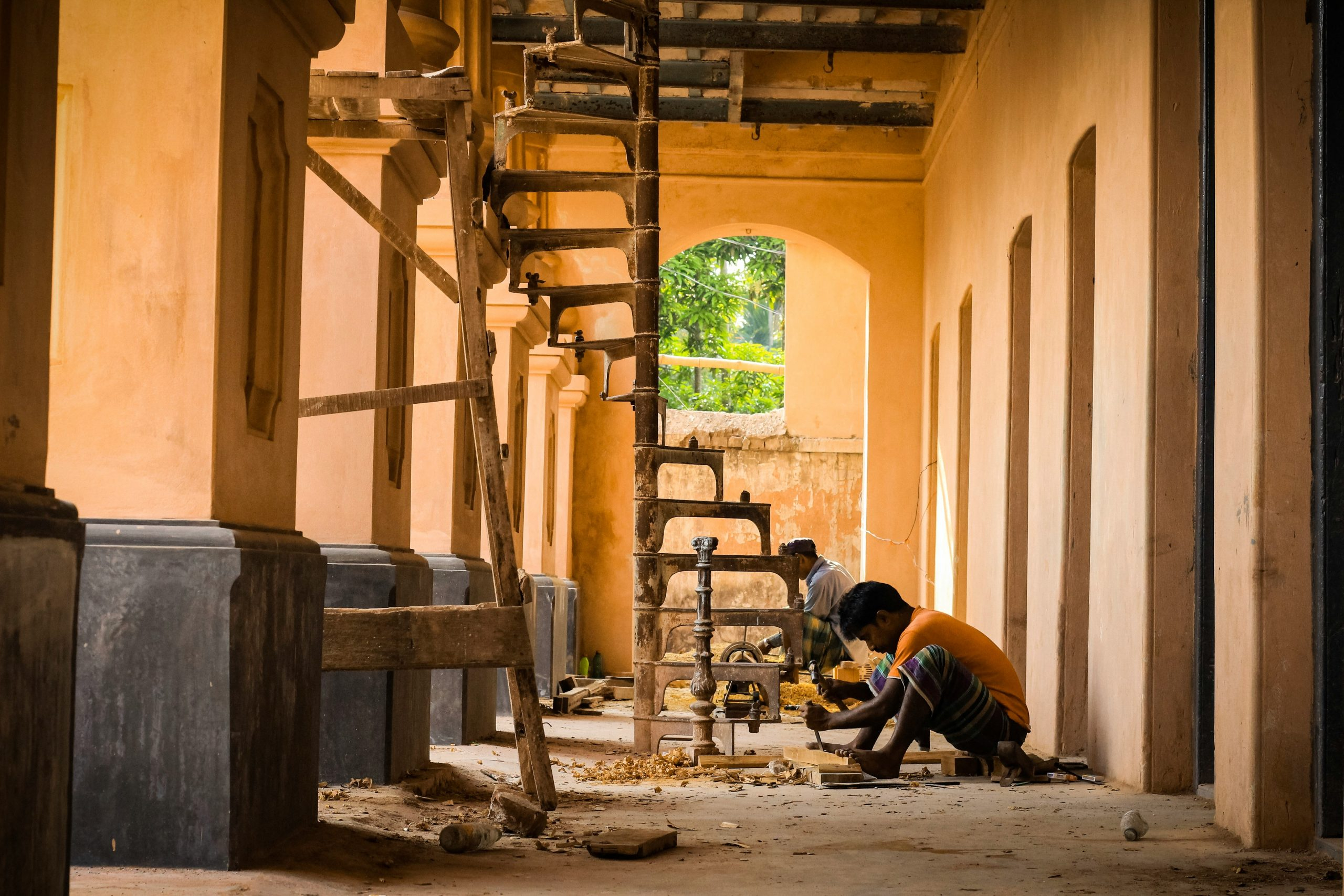Breaking down barriers to education in rural communities
Rural communities often face unique challenges when it comes to accessing educational opportunities. Factors such as lack of resources, limited transportation, and socio-economic barriers can make it difficult for individuals living in rural areas to receive a quality education. As a result, many individuals and communities in rural areas are left behind, unable to access the same opportunities as their urban counterparts. Breaking down these barriers to education in rural communities is crucial in ensuring that every individual, regardless of where they live, has access to the knowledge and skills they need to succeed. In this article, we will explore some of the common barriers to education in rural communities and discuss potential solutions to help overcome them.
The Importance of Education
Before diving into the barriers and solutions, it is essential to understand why education is crucial, especially in rural communities. Education is the foundation for personal growth and development, enabling individuals to improve their economic opportunities, health, and overall well-being. It can also empower people to make informed decisions and actively participate in their communities. Additionally, education has been proven to have a positive impact on economic growth and social stability, making it essential for the overall prosperity of a community.
Barriers to Education in Rural Communities
Lack of Resources
One of the most significant barriers to education in rural communities is the lack of resources. Many schools in rural areas struggle with inadequate funding, which often leads to outdated materials and limited access to technology. As a result, students in these schools may not receive the same quality of education as students in urban schools. Moreover, many rural schools struggle to attract and retain qualified teachers due to lower salaries and fewer opportunities for professional development.
Limited Transportation
Another significant barrier to education in rural communities is limited transportation. In many rural areas, students often live far from their schools, making it challenging to attend classes regularly. This can be especially problematic for students who rely on public transportation, which may be unreliable or non-existent in some areas. Lack of transportation also makes it challenging for students to participate in extracurricular activities, which are essential for developing important skills and building a sense of community.
Socio-Economic Barriers
Socio-economic barriers can also significantly impact access to education in rural communities. Many individuals and families in rural areas struggle with poverty, which can make it difficult to afford necessary school supplies, uniforms, or fees. This, combined with limited job opportunities and lower incomes, can create a cycle of poverty that limits access to education for generations.
Breaking Down Barriers to Education in Rural Communities
While the barriers to education in rural communities may seem daunting, there are several potential solutions that can help break them down and provide individuals with access to quality education.
Improving Infrastructure and Resources
The first step in breaking down barriers to education in rural communities is improving infrastructure and resources. This can include updating school facilities with modern technology, providing adequate funding for materials and supplies, and investing in professional development opportunities for teachers. Additionally, government and community organizations can work together to ensure that schools in rural areas have access to resources such as libraries, tutoring services, and educational programs.
Increasing Access to Transportation
To overcome the barrier of limited transportation, efforts must be made to increase access for students living in rural areas. This can be achieved through initiatives such as school bus systems or carpooling programs. Another solution could be to provide incentives for individuals living in urban areas to teach in rural schools, reducing the distance between teachers and students.
Addressing Socio-Economic Issues
Socio-economic barriers can be challenging to overcome, but there are steps that can be taken to address them. Community organizations, government agencies, and nonprofit groups can work together to provide resources and support for families living in poverty. Examples of this could include providing school supplies and uniforms, offering financial assistance for fees and expenses, and creating job opportunities and training programs for adults in the community.
Conclusion
Breaking down barriers to education in rural communities is essential in creating a more equal and prosperous society. By improving infrastructure and resources, increasing access to transportation, and addressing socio-economic issues, we can help ensure that every individual has access to quality education, regardless of where they live. It is our responsibility to work together towards creating a more equitable education system that gives every individual the opportunity to reach their full potential.










